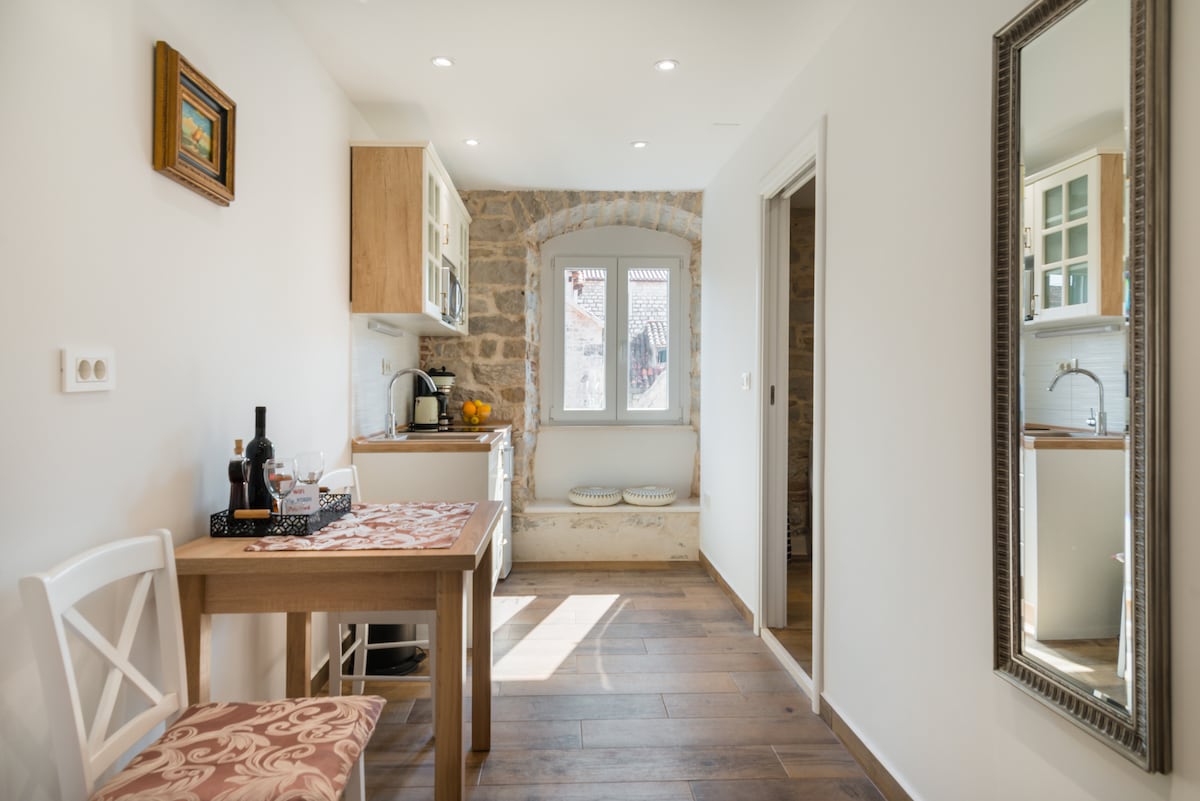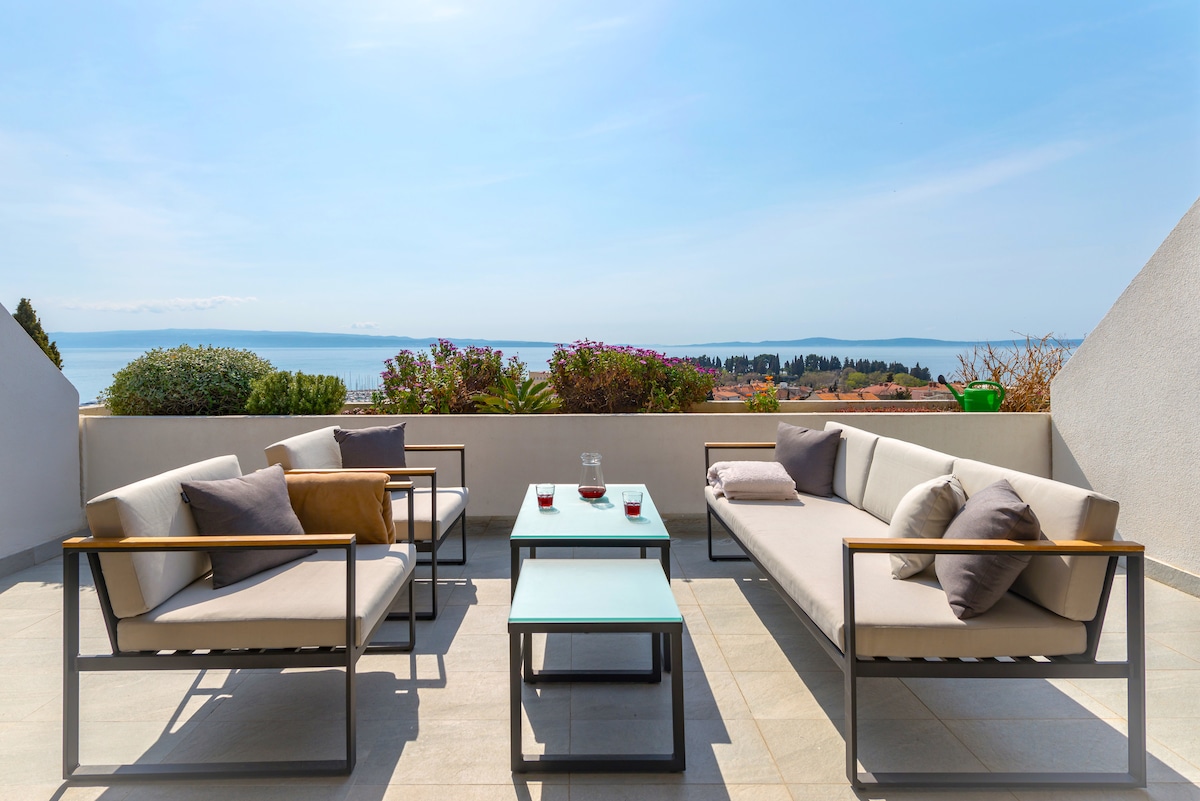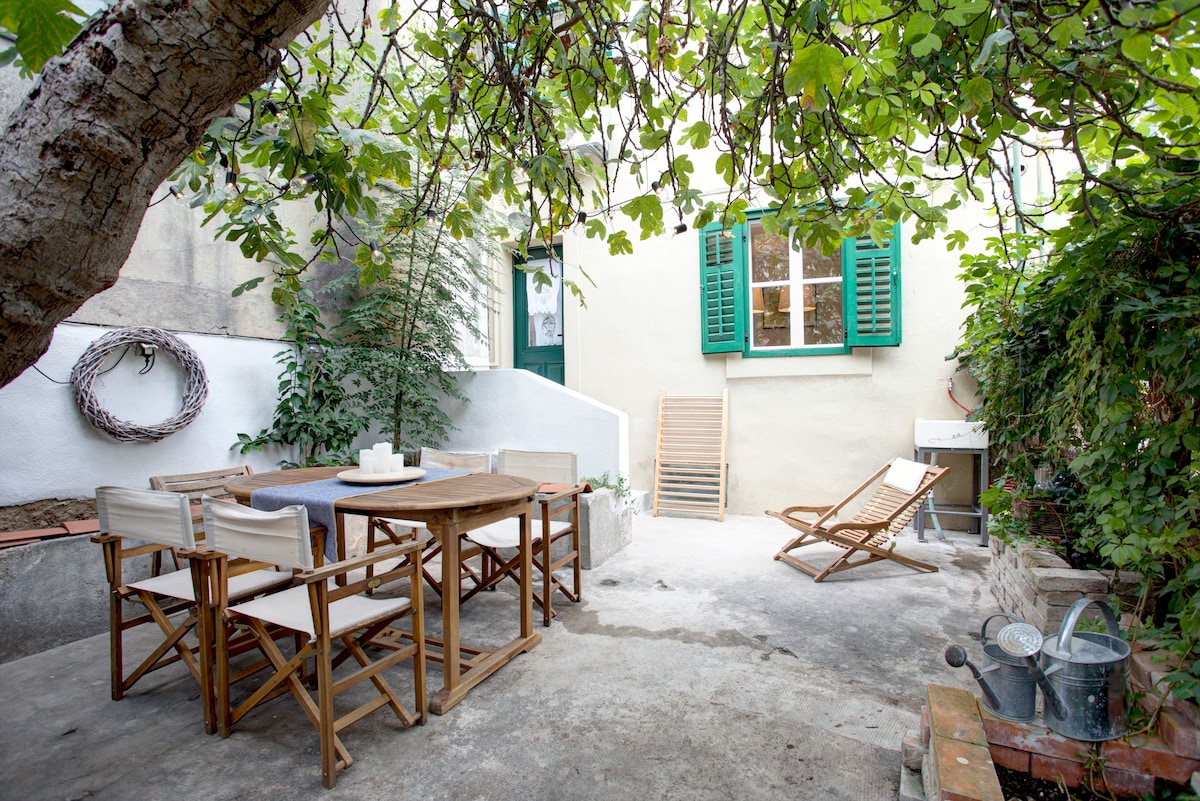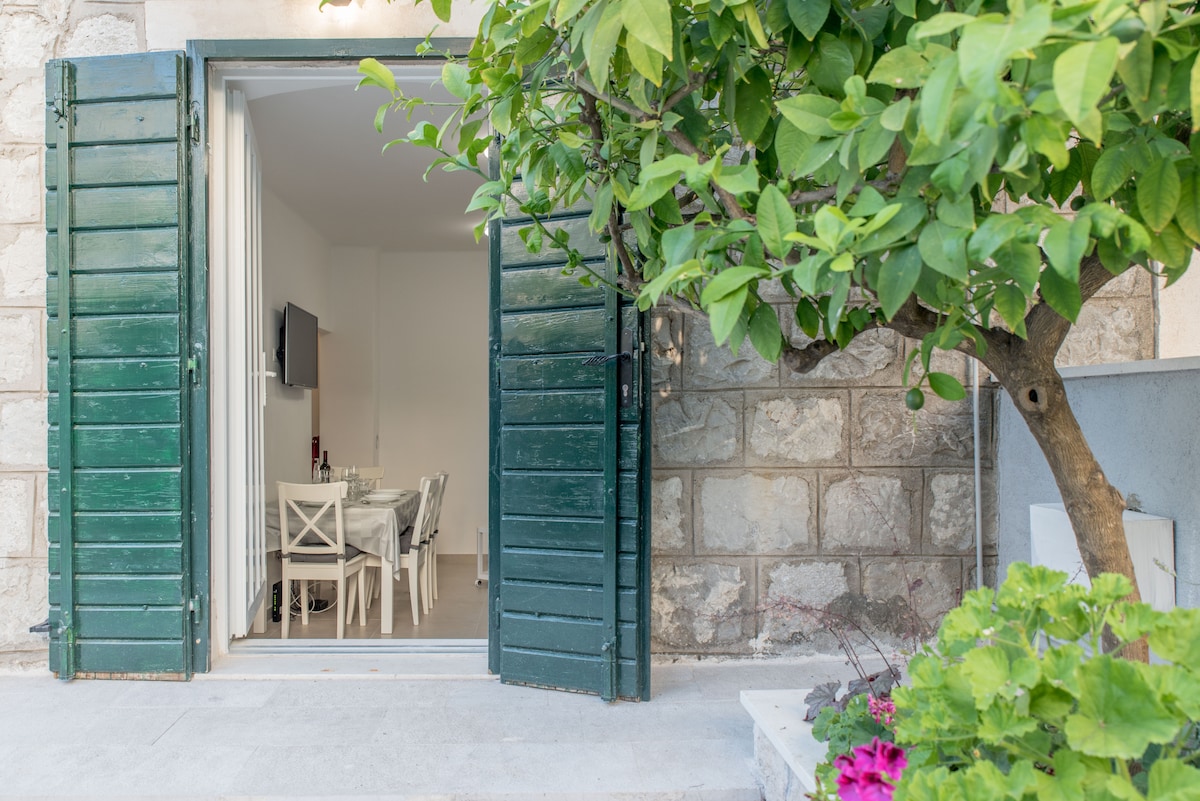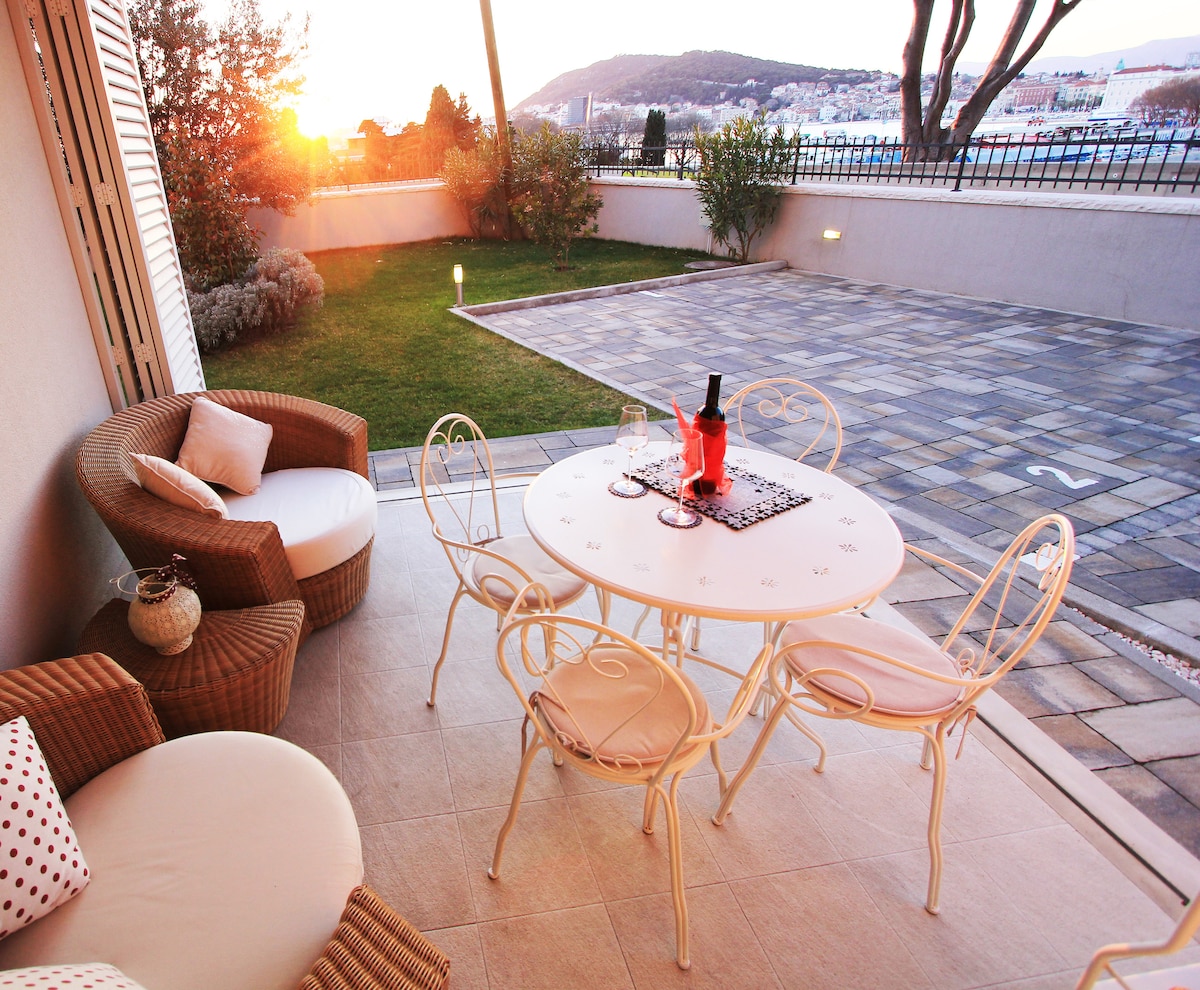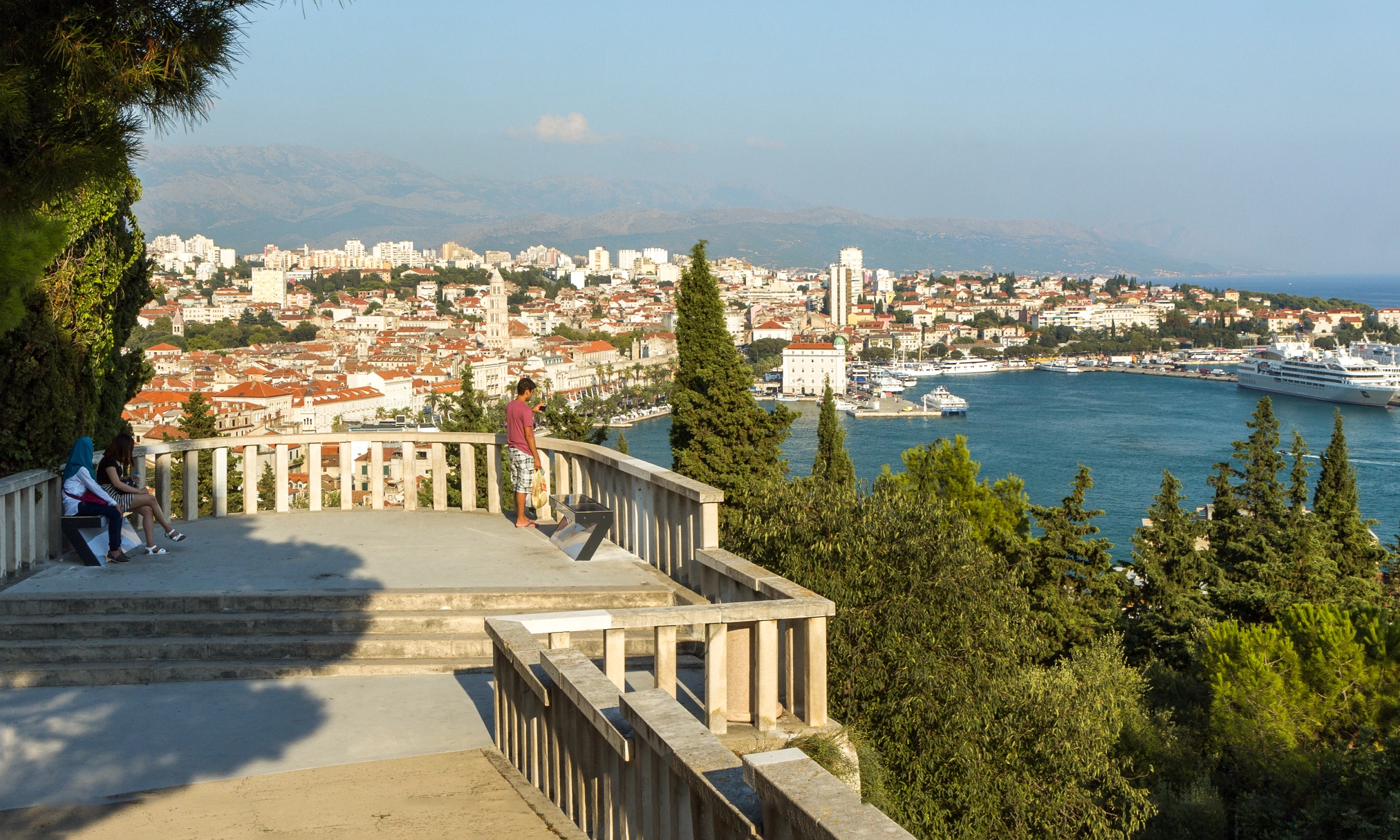
Split vacation rentals
Book unique vacation rentals, houses, and more on Airbnb
Top-rated vacation rentals in Split
Guests agree: these vacation rentals are highly rated for location, cleanliness, and more.
Vacation rentals for every style
Get the amount of space that is right for you
Popular amenities for Split vacation rentals
Split house rentals
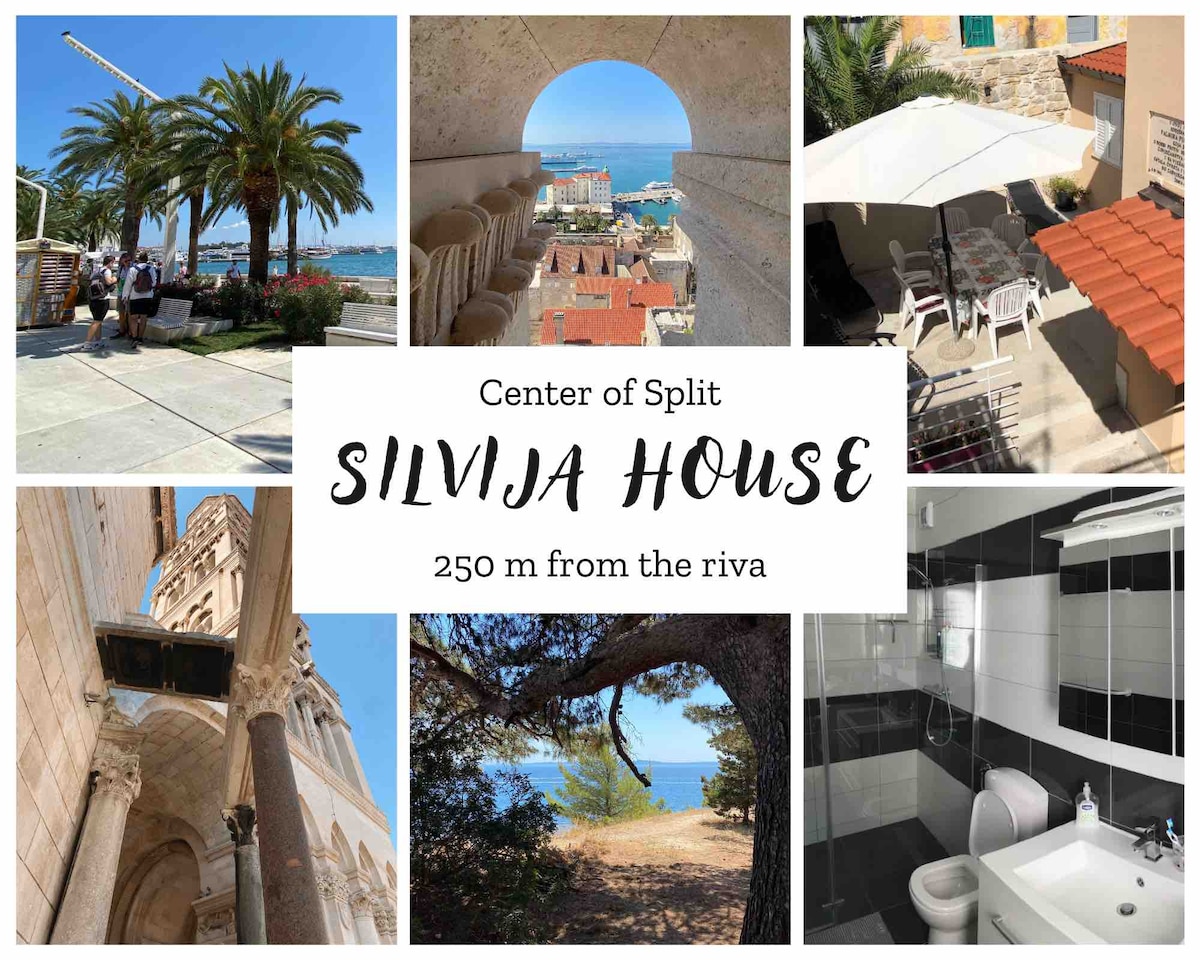
Home in Split
4.93 out of 5 average rating, 195 reviewsSilvija House
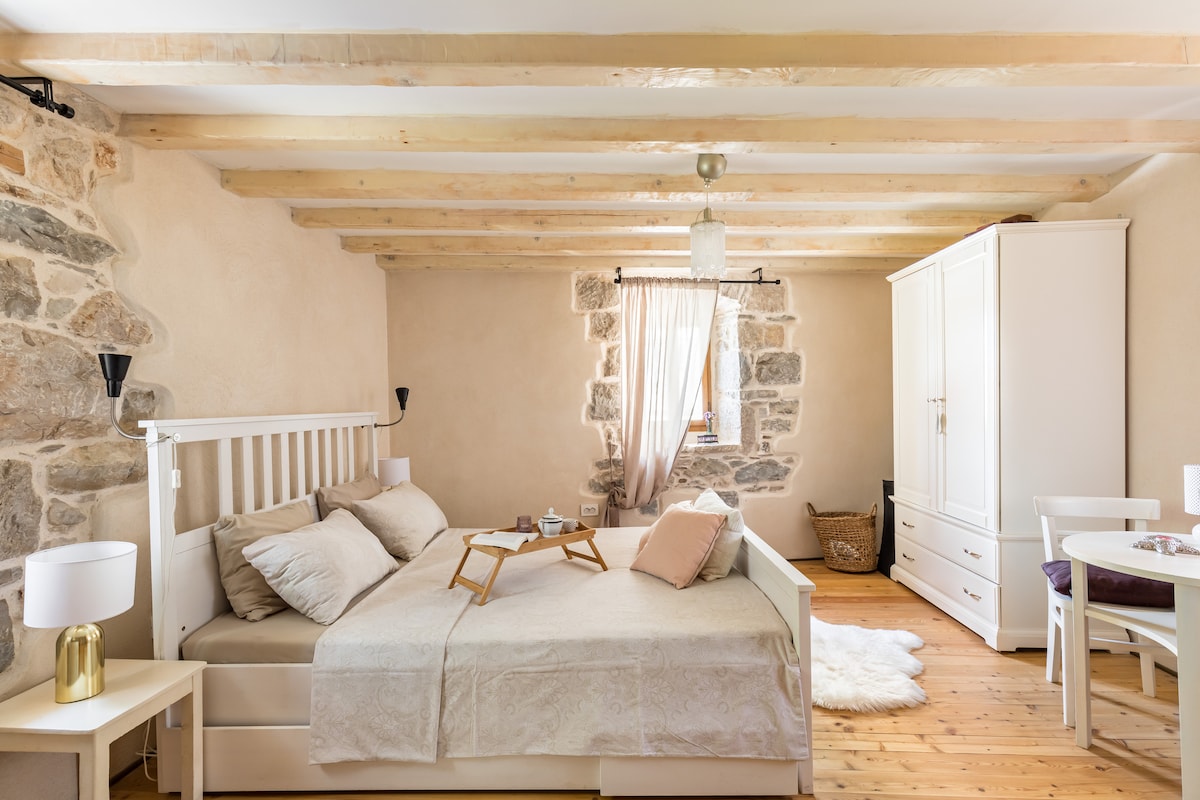
Home in Split
4.88 out of 5 average rating, 209 reviewsVintage stone house
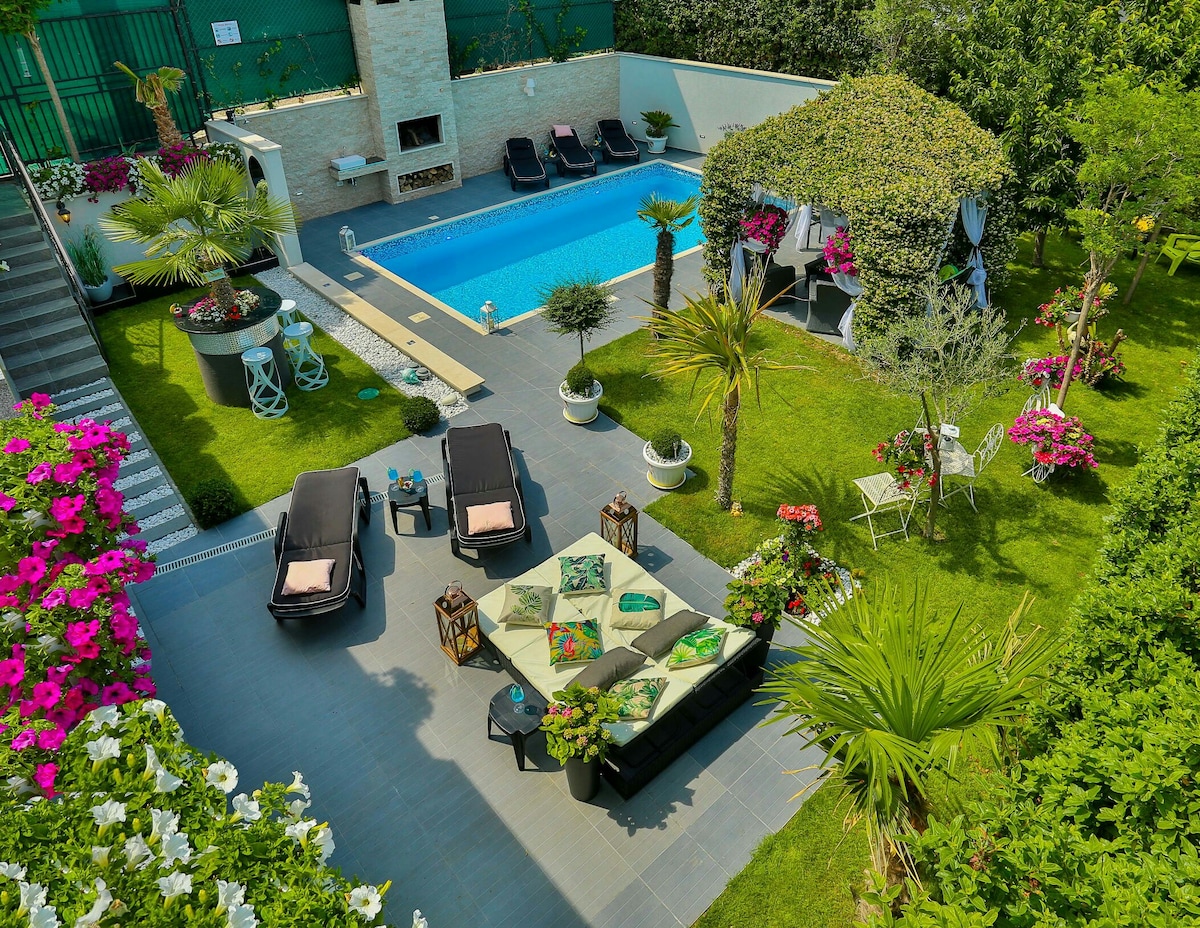
Home in Split
4.99 out of 5 average rating, 149 reviews💎GREEN DREAM💎villa in SPLIT* discount September
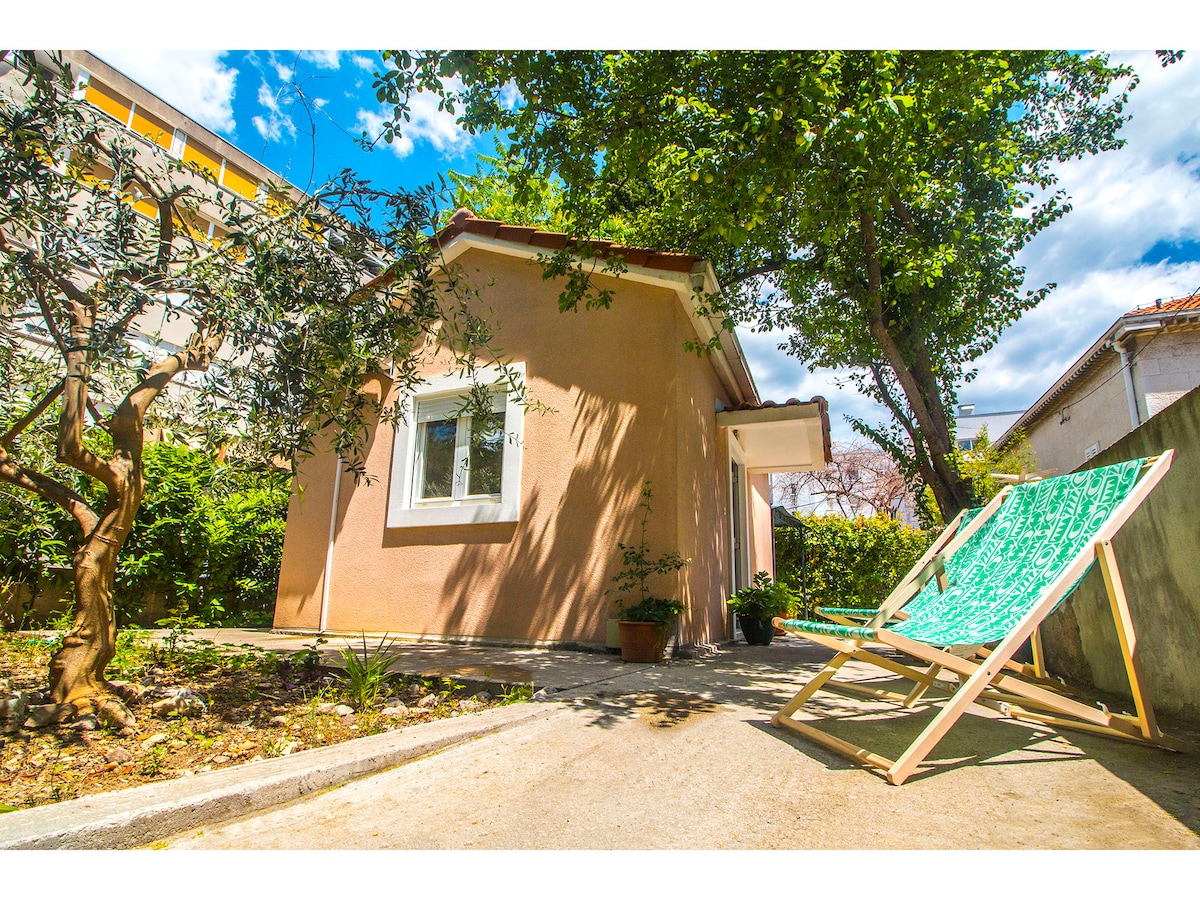
Home in Split
4.79 out of 5 average rating, 118 reviewsBeach cottage with private parking & garden

Home in Split
4.93 out of 5 average rating, 254 reviewsAmazing 2 BD in center with parking
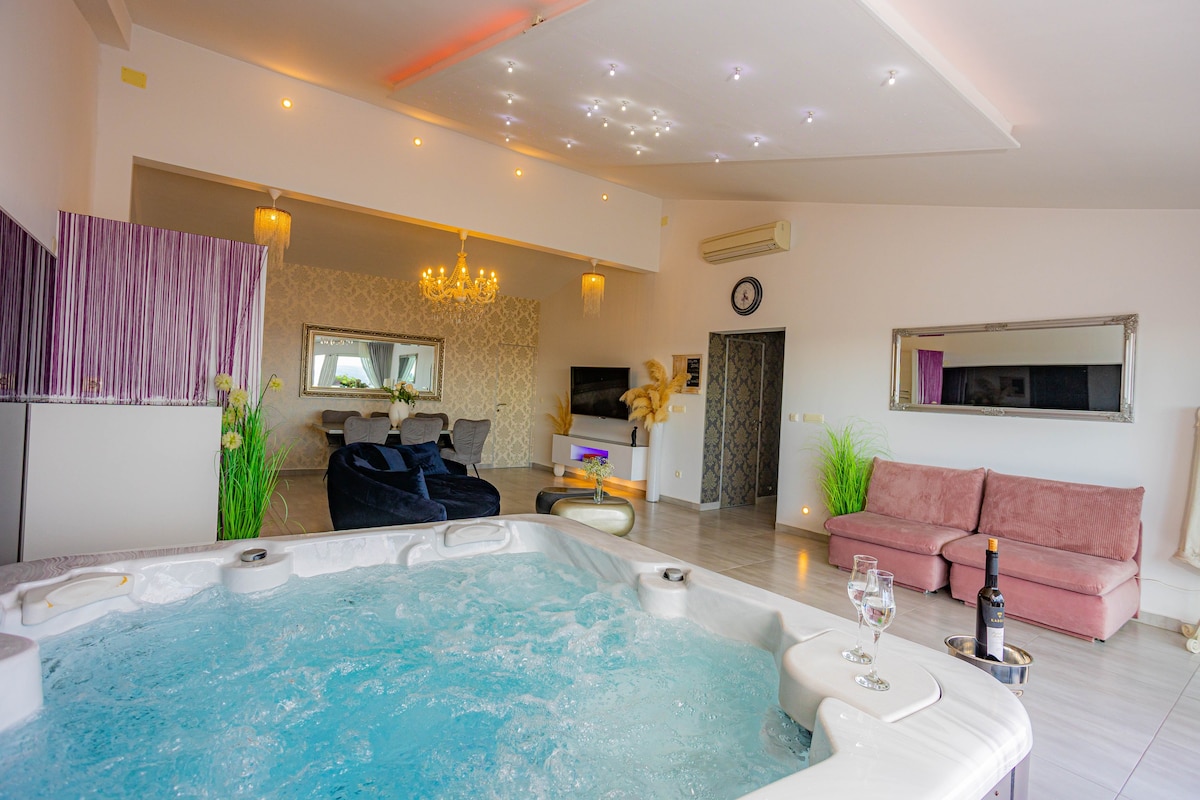
Home in Stobreč
4.98 out of 5 average rating, 116 reviewsNEW Penthouse for 6- in Split with jacuzzi
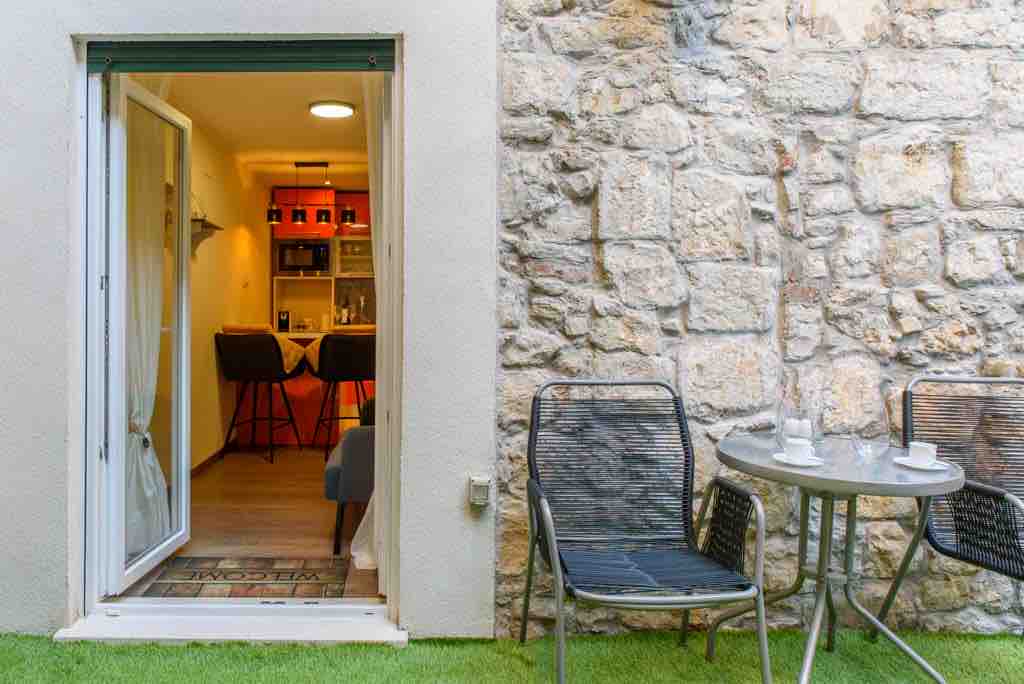
Home in Split
4.95 out of 5 average rating, 221 reviewsApartment Jurica-city center-Free 2 bikes
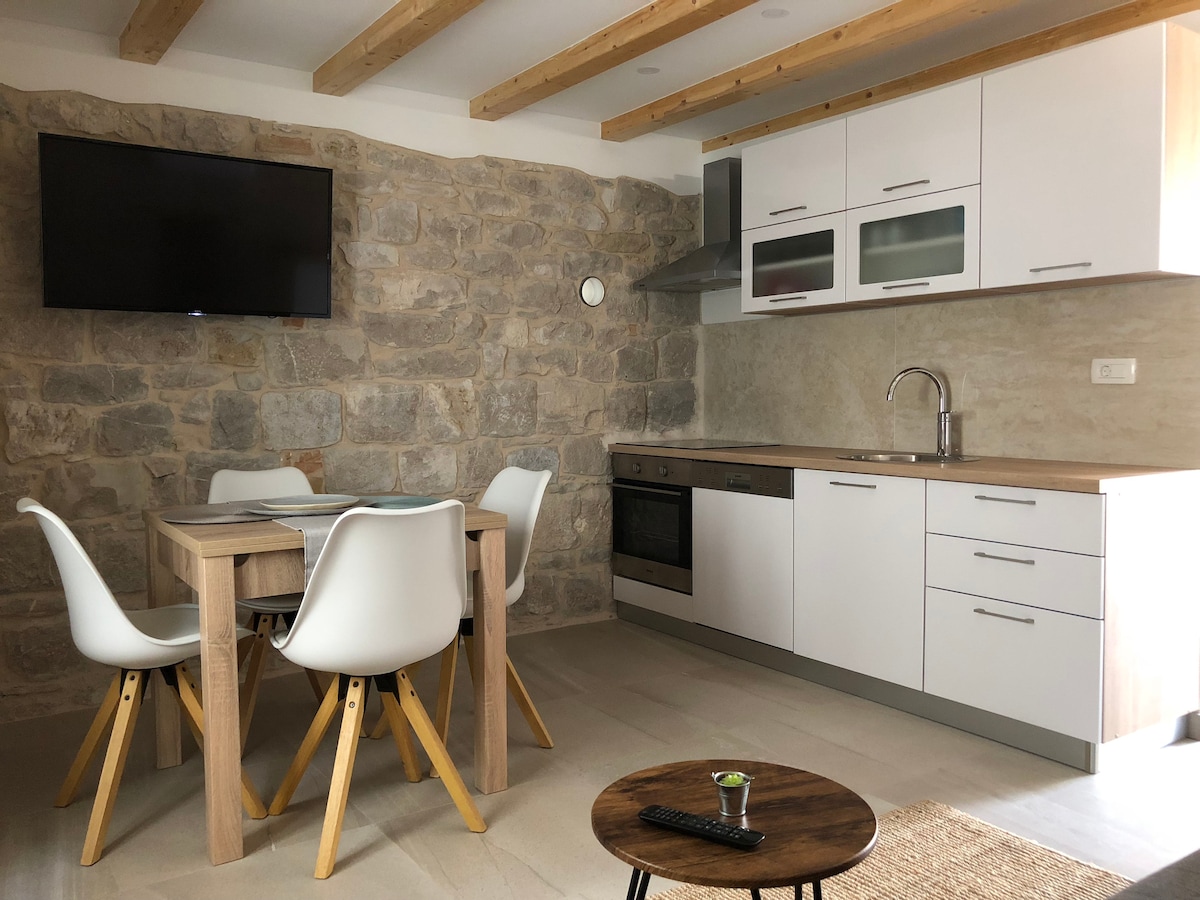
Home in Split
4.98 out of 5 average rating, 154 reviewsNew stone house in the center of Split
Other great vacation rentals in Split
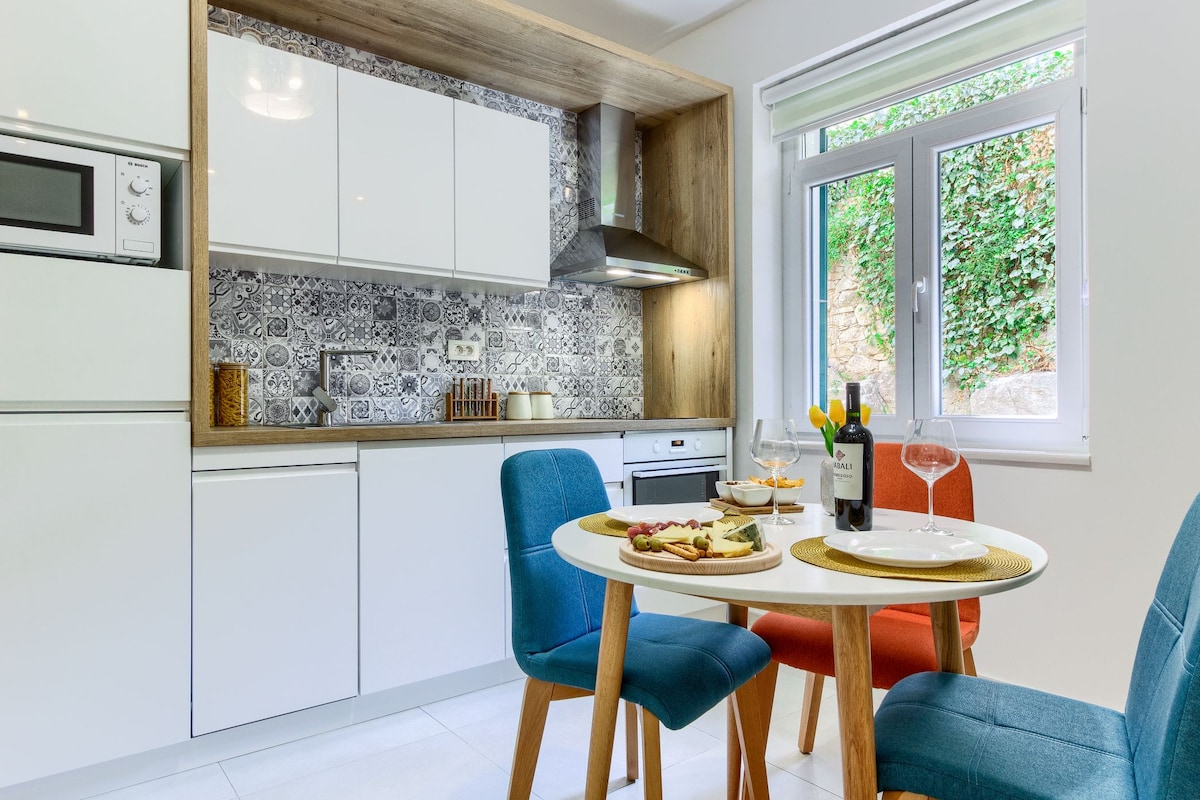
Rental unit in Split
5 out of 5 average rating, 239 reviewsLuxury apartment Ranko-city center
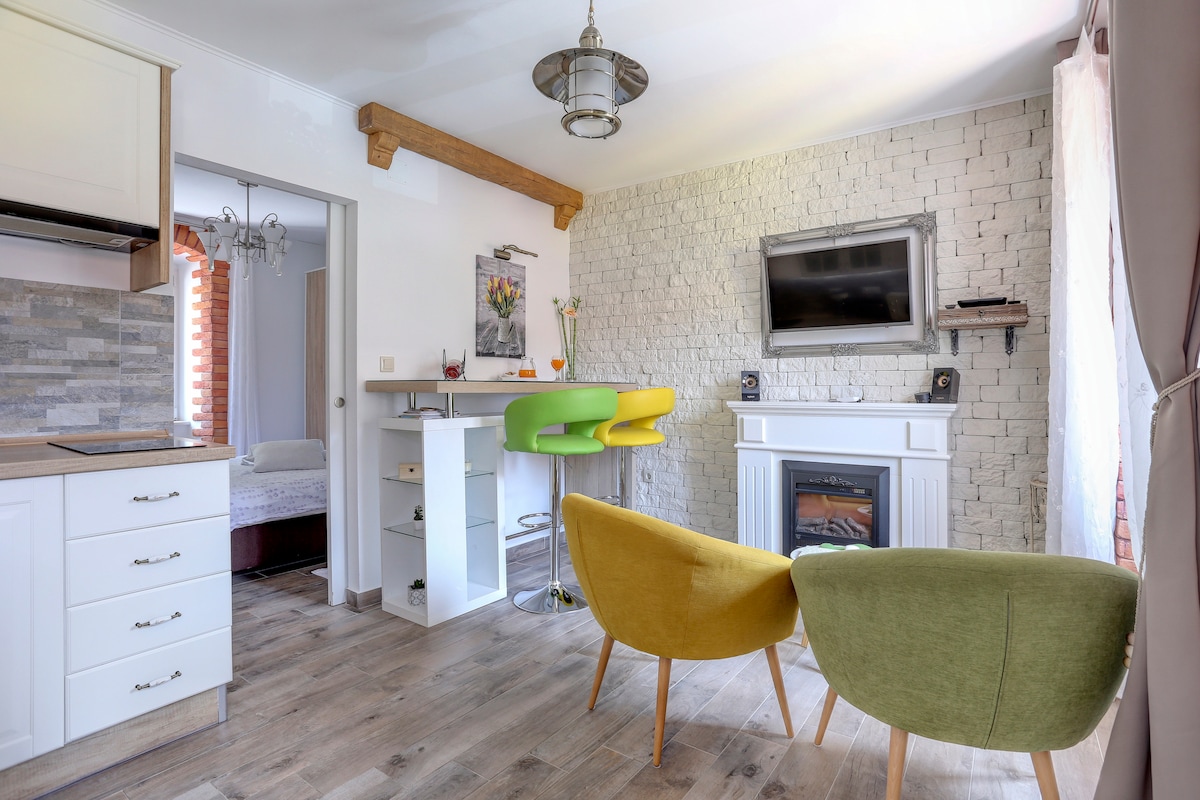
Rental unit in Split
5 out of 5 average rating, 240 reviewsLuxury studio apartment close to centre Split
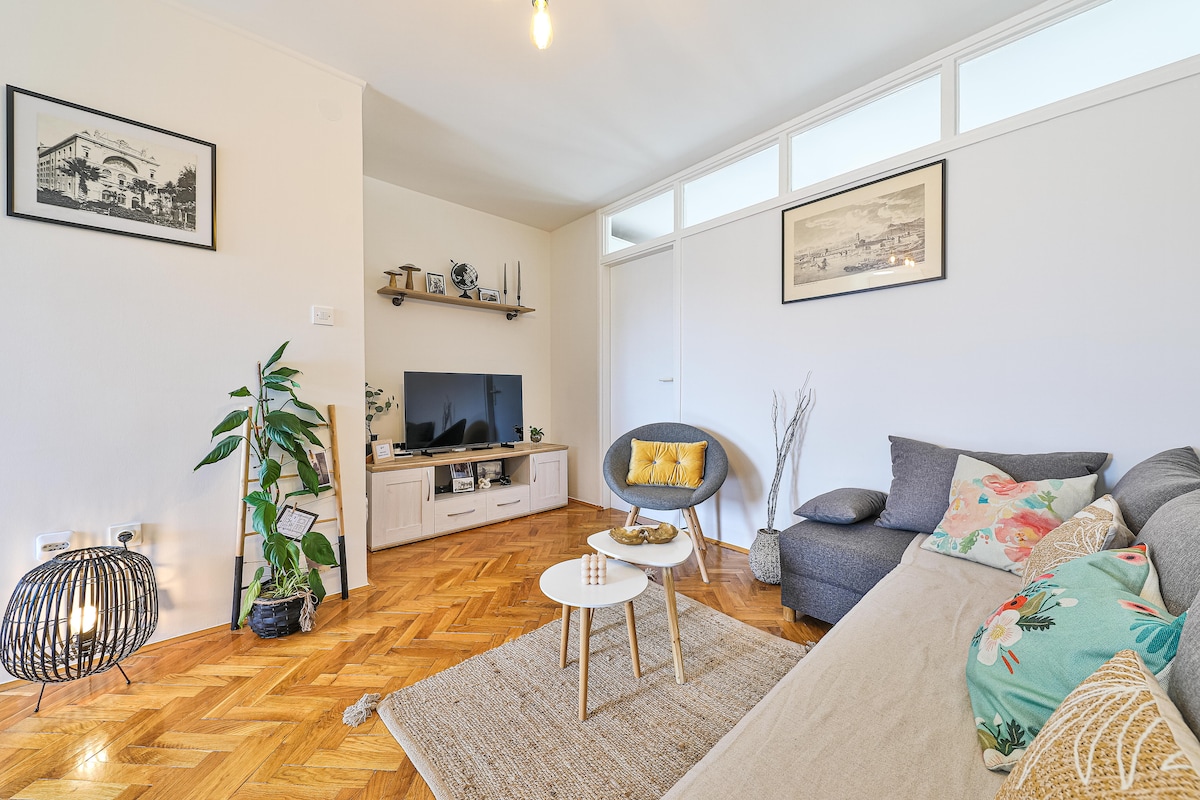
Rental unit in Split
4.97 out of 5 average rating, 115 reviewsCozy New apartment with top view Split
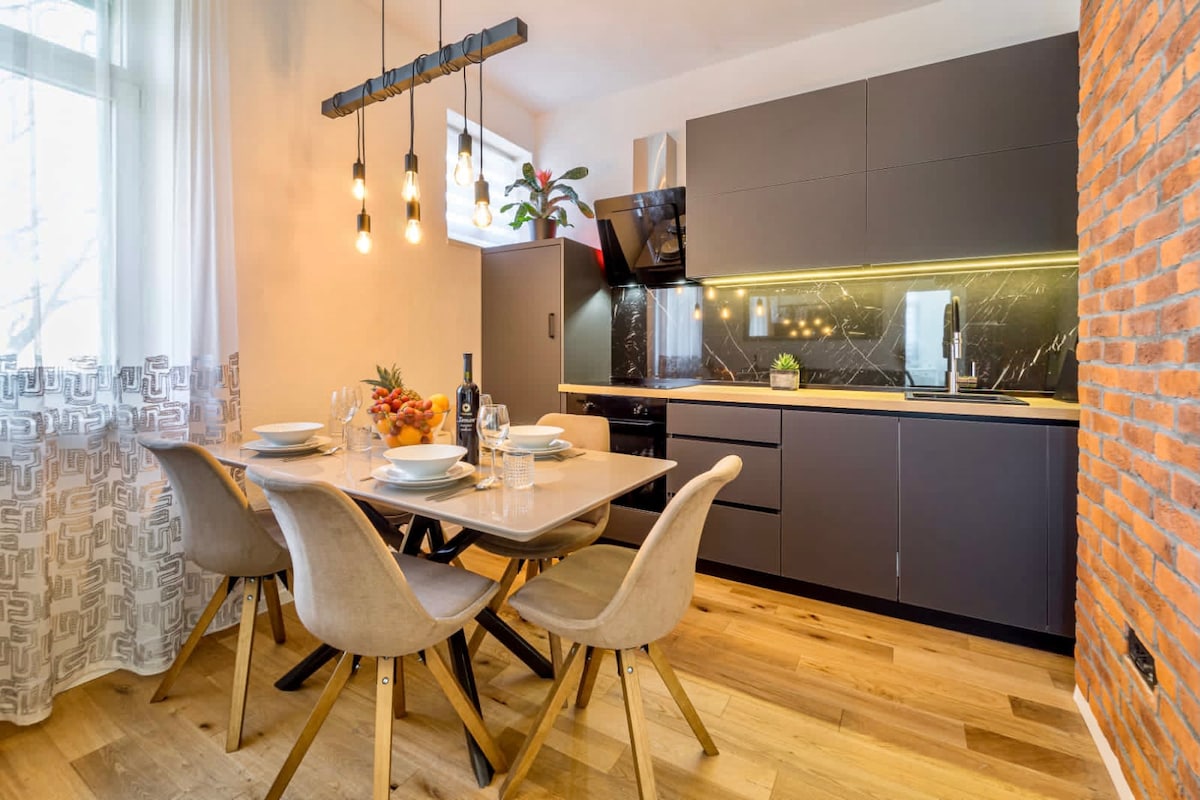
Rental unit in Split
4.94 out of 5 average rating, 185 reviews4*Heart of the City, Onsite parking, Wi fi
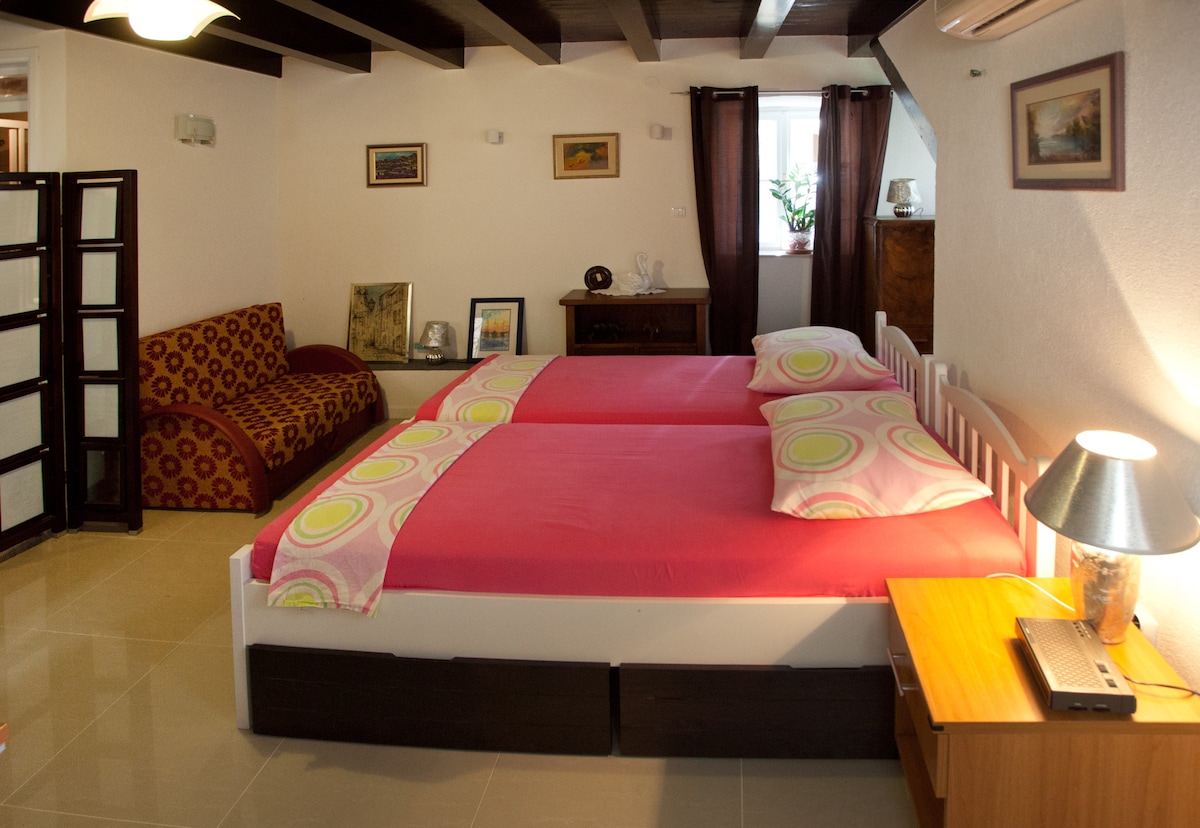
Rental unit in Split
4.87 out of 5 average rating, 343 reviewsMiranda's studio,terrace, center
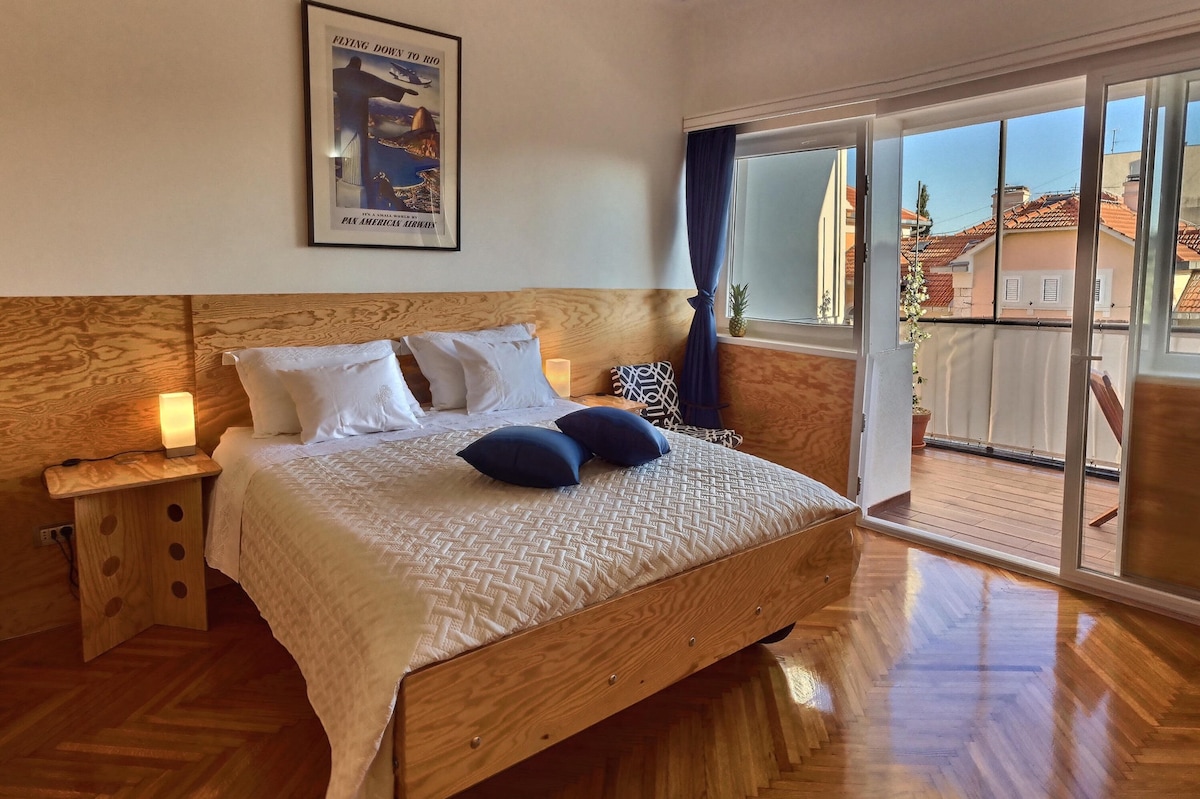
Rental unit in Split
4.96 out of 5 average rating, 115 reviewsAirMailSplit

Rental unit in Split
4.97 out of 5 average rating, 242 reviewsStress out apartment
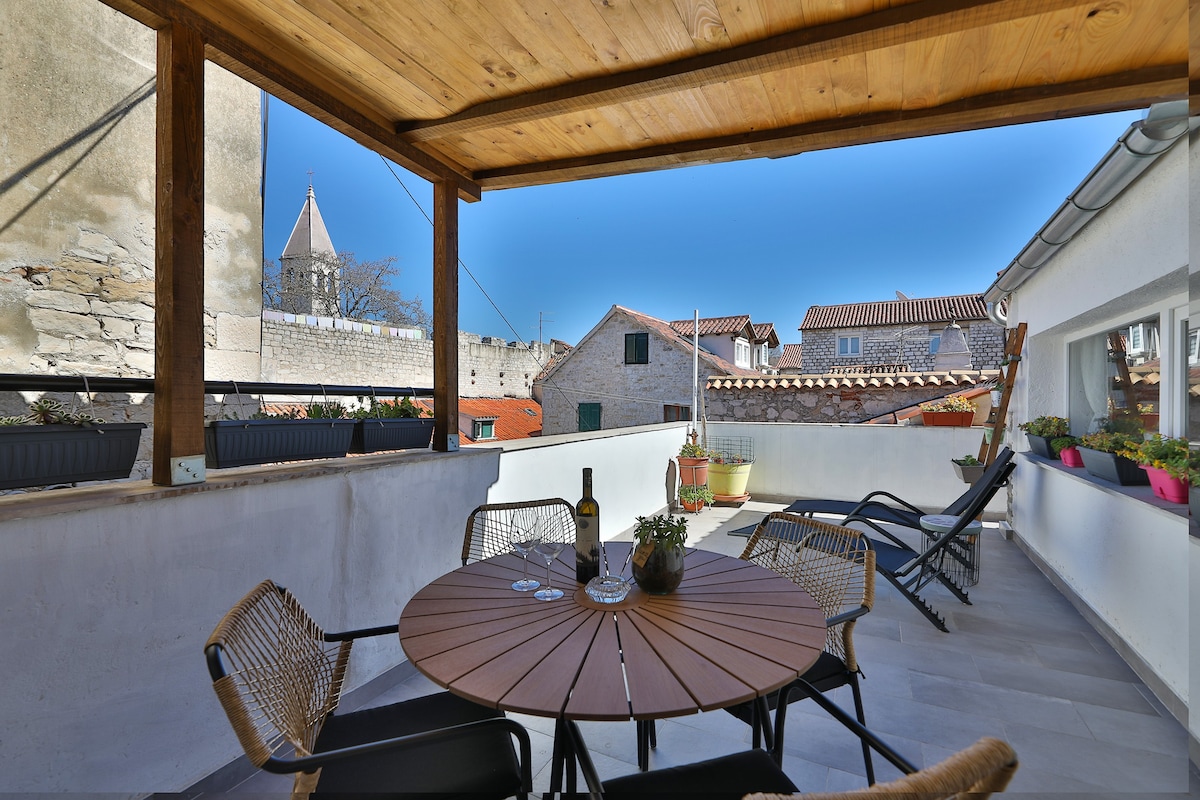
Rental unit in Split
4.96 out of 5 average rating, 120 reviewsKorkyra-gorgeous apartment in Diocletian's palace.
Your guide to Split
Welcome to Split
At first glance, this Croatian port town on the Aegean Sea seduces the eye with white stone buildings and red-tiled roofs, which glow against the bright blue of the sky and the Mediterranean Sea. As you wander down Split’s narrow streets, you realize that the buildings around you span two millennia, and you find yourself staring upwards, picking out architectural details from the Roman era, the Middle Ages, and the Belle Epoque.
Whether you’re visiting Split at the peak of its bronzed-beachcomber summers or during its moody gray winters, Croatia’s second-biggest city exudes a relaxed vibrancy. The shops and galleries along Marmont Street (Marmontova Ulica), as well as its seafood market, are bustling no matter what time of year. In the warmer months, locals and visitors alike while away the afternoon at the bars and cafes flanking the beach at Bačvice, or settle into open-air restaurant tables along the Riva, the city’s seaside promenade, for a leisurely dinner and plenty of crowd-watching.
The best time to stay in a vacation rental in Split
The mild Mediterranean climate of the Dalmatian Coast brings plenty of visitors to Split. Like most of the region, winter is gentle here, though no one’s shimmying into bathing suits for a long day on the waterfront — the regular rains and winds green up the hillsides and keep locals indoors. April ushers in a flower-filled spring, and the whole town turns out for Krnjeval (Mardi Gras), celebrating with masked balls and parades. From late May through early September, the dry heat begins. With little rain and temperatures in the 80s and 90s Fahrenheit, Split’s beaches and tourist attractions fill up, and the pleasure boats on the sea proliferate. Croatians and foreigners alike descend on Split in July and August for the Summer Festival, when some of the city’s most scenic sites host open-air concerts and ballets. If you’d prefer to see a more serene side of Split, book one of the area’s vacation rentals for mid-September through October, when the water is still warm, the days are still sun-drenched, but the crowds have gone.
Top things to do in Split
Tour Diocletian’s Palace
Few Roman sites from 1,700 years ago have the immediacy of the spectacularly preserved Diocletian’s Palace. Built for the emperor back when Split was a village on the outskirts of the more populous Salona (itself now in ruins), Diocletian’s fortress and imperial residence has been absorbed into the surrounding houses and shops. You will shuttle back and forth through the centuries as you wander through the ancient Cathedral of St. Domnius, arched passageways and gates, and the peristyle (central courtyard). Afterward, head to the Archeological Museum to peruse hundreds of Roman artifacts.
Take Some Island Time
You could spend a full year exploring the 1,200 islands off the Croatian coast. If you don’t have a year, take a ferry to Hvar or Brač, two of the biggest, not to mention the easiest, to get to from Split. Hvar draws the internationally rich to its azure bays and graceful villas, and you can wander around the medieval city of Hvar or escape in a car to more remote towns and beaches. On Brač, vineyards and olive groves stripe the mountainside on Vidova Gora, which you can summit by foot in just a few hours, cooling off afterward on Golden Horn Beach.
Climb Marjan Hill
Split is situated on a peninsula that juts into the Aegean, and an expansive natural preserve covers its western tip. A large hill divides the park from the residential neighborhoods on its east flank, and as you climb you’ll pass open-air cafes, a Jewish cemetery, and centuries-old chapels. Many locals treat Marjan as an open-air gym, and you’ll likely spot runners sweating up the steps and climbers feeling their way along the rocky bluffs. If you crest Marjan Hill and head back down on its north side, you’ll reach pine-shaded beaches suited for contemplating the sea rather than stretching out a towel.
Frequently Asked Questions
How is the weather in Split?
Split has a Mediterranean climate, with hot, dry summers averaging around 85°F (29°C), and mild, wet winters, with temperatures often hovering around 46°F (8°C). The sea remains warm for swimming from May to October.
What are some of the best things to do in Split?
In Split, you may explore the ancient Diocletian's Palace, stroll through the vibrant Riva promenade, and hike up Marjan Hill for panoramic views of the city. Visiting the local markets or sunbathing at Bačvice Beach are also popular activities.
What is the best time of year to visit Split?
The peak season in Split is during the summer months of June to August. During this period, numerous events take place such as the Split Summer Festival featuring theatre, opera, and music performances, and the Marjan Hill race, a popular running event.
What are the best places to stay in Split?
The Old Town is a preferred area for its proximity to historical sights like Diocletian's Palace. Bačvice is well-liked for its beach and nightlife, while Meje is loved for its tranquillity and proximity to Marjan Hill.
What are the best places to visit in Split?
Visitors to Split frequently explore Diocletian's Palace, the Cathedral of Saint Domnius, and the Split Archaeological Museum. Other popular spots include the Marjan Forest Park, the Ivan Meštrović Gallery, and the bustling Pazar Market.
What are some hiking trails in Split?
Marjan Hill provides several hiking trails that offer stunning views of Split and the Adriatic Sea. Also, Biokovo Nature Park, about 60 km (37 miles) from Split, has a variety of trails amidst its rugged mountain landscape.
What are some family activities to do in Split?
Families can explore the historic Diocletian's Palace, a UNESCO World Heritage Site, or stroll along the Riva Promenade. Alternatively, you can venture to Marjan Forest Park for a nature walk, or spend a day at Bačvice Beach. For those interested in science and nature, the Split Science Museum and Zoo can be a fun family outing.
What are some of the best day trip ideas in Split?
From Split, you can take a day trip to the UNESCO-listed Plitvice Lakes National Park, the historic city of Trogir, or the beautiful islands of Hvar and Brač. Krka National Park, known for its stunning waterfalls, is another popular choice.
Destinations to explore
- Boat rentals Split
- Apartment rentals Split
- Rentals with outdoor seating Split
- Monthly Rentals Split
- Villa rentals Split
- Rentals with breakfast Split
- Aparthotel rentals Split
- Private suite rentals Split
- Waterfront rentals Split
- Rentals with a patio Split
- Rentals with a balcony Split
- Rentals with pools Split
- Rentals with a fireplace Split
- Serviced apartment rentals Split
- Rentals with a sauna Split
- Condo rentals Split
- Rentals with beach access Split
- Pet-friendly rentals Split
- Guesthouse rentals Split
- Fitness-friendly rentals Split
- Family-friendly rentals Split
- Kid-friendly rentals Split
- Townhouse rentals Split
- Boutique hotel rentals Split
- Bed and breakfasts Split
- Rentals with a home theater Split
- Hotel rentals Split
- Rentals with a washer and dryer Split
- Rentals with an accessible height bed Split
- Beachfront rentals Split
- Rentals with a fire pit Split
- Smoking-friendly rentals Split
- Rentals with a hot tub Split
- Loft rentals Split
- Rentals with an EV charger Split
- House rentals Split
- Yurt Rentals United States
- Yurt Rentals United Kingdom
- Castle Rentals United States
- Houseboats United States
- Holiday Caravans United Kingdom
- Private Island Rentals United States
- Farm Houses United States
- Farm Cottages United Kingdom
- Cabin Rentals Australia
- Luxury Cabins United Kingdom
- Luxury Cabins United States
- Holiday Chalets United Kingdom
- Cottage Rentals United States
- Holiday Cottages United Kingdom
- Mansion Rentals United States
- Villa Rentals United Kingdom
- Holiday Bungalows United Kingdom
- Bungalow Rentals United States
- Condo Rentals United States
- Holiday Apartments Australia
- Holiday Houses United States
- Holiday Houses United Kingdom
- Private Holiday Rentals United Kingdom
- Big House Rentals United States
- Big Cottages Australia
- Large Villas United Kingdom
- House Rentals with a Pool United States
- Cabin Rentals with a Pool United States
- Villas with a Pool United Kingdom
- Apartments with a Hot Tub United States
- Holiday Cottages with a Hot Tub United Kingdom
- Beach Cabins United States
- Beach Condos United States
- Beachfront Rentals United States
- Beach Houses United Kingdom
- Beach Villas United Kingdom
- Coastal Cottages United Kingdom
- Pet-Friendly Vacation Rentals United States
- Pet-Friendly Beach Rentals United States
- Pet-Friendly Cabin Rentals United States
- Dog-Friendly Cottages United Kingdom
- Luxury Dog-Friendly Cottages United Kingdom
- Things to do Croatia
- Sports activities Croatia
- Sightseeing Croatia
- Art and culture Croatia
- Nature and outdoors Croatia
- Entertainment Croatia
- Food and drink Croatia
- Things to do Split-Dalmatia County
- Sightseeing Split-Dalmatia County
- Food and drink Split-Dalmatia County
- Art and culture Split-Dalmatia County
- Sports activities Split-Dalmatia County
- Nature and outdoors Split-Dalmatia County
- Things to do Split
- Sightseeing Split
- Art and culture Split
- Nature and outdoors Split
- Family travel hub Tips and inspiration
- Family budget travel Get there for less
- Vacation ideas for any budget Make it special without making it spendy
- Travel Europe on a budget How to take the kids to Europe for less
- Outdoor adventure Explore nature with the family
- Bucket list national parks Must-see parks for family travel
- Kid-friendly state parks Check out these family-friendly hikes
